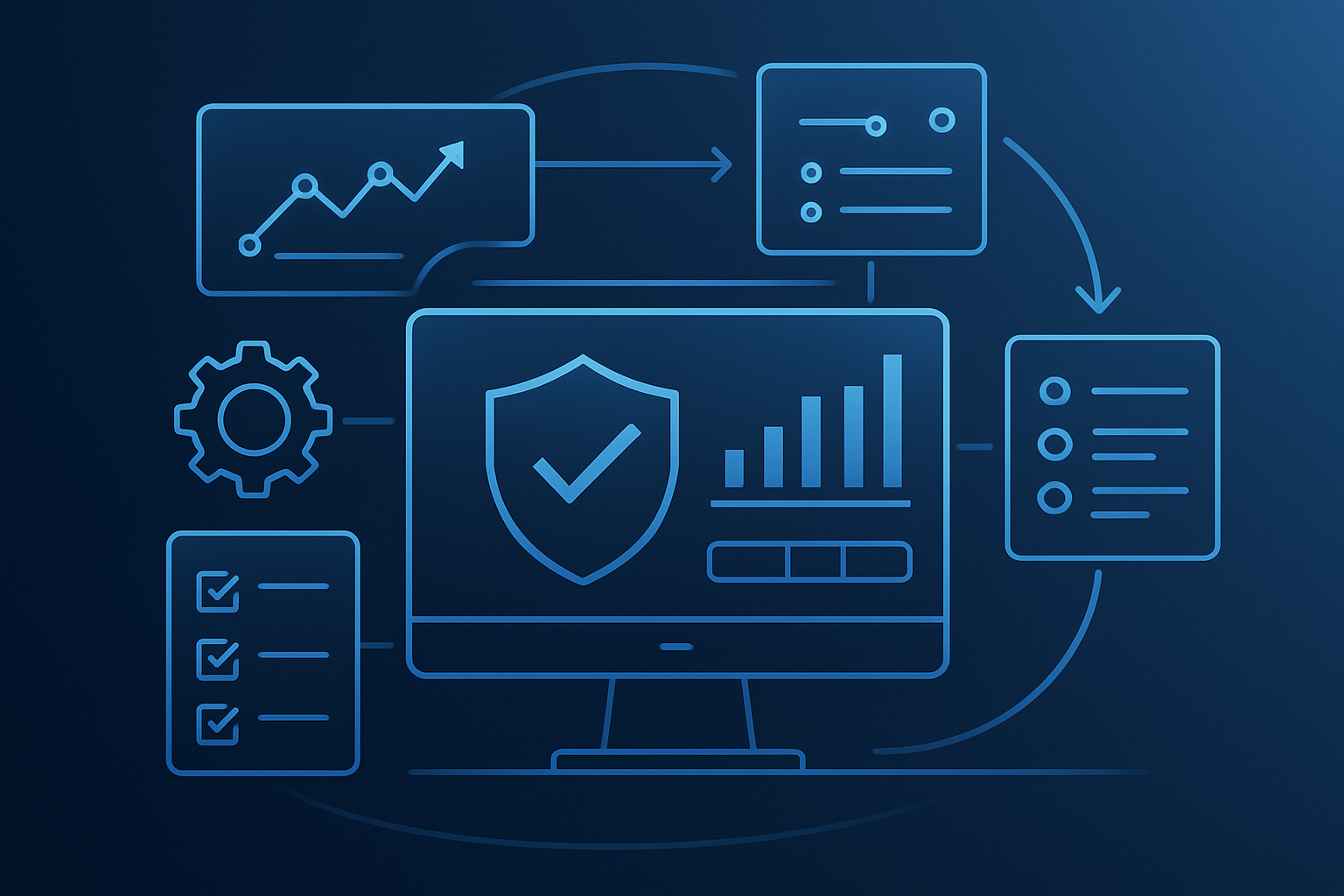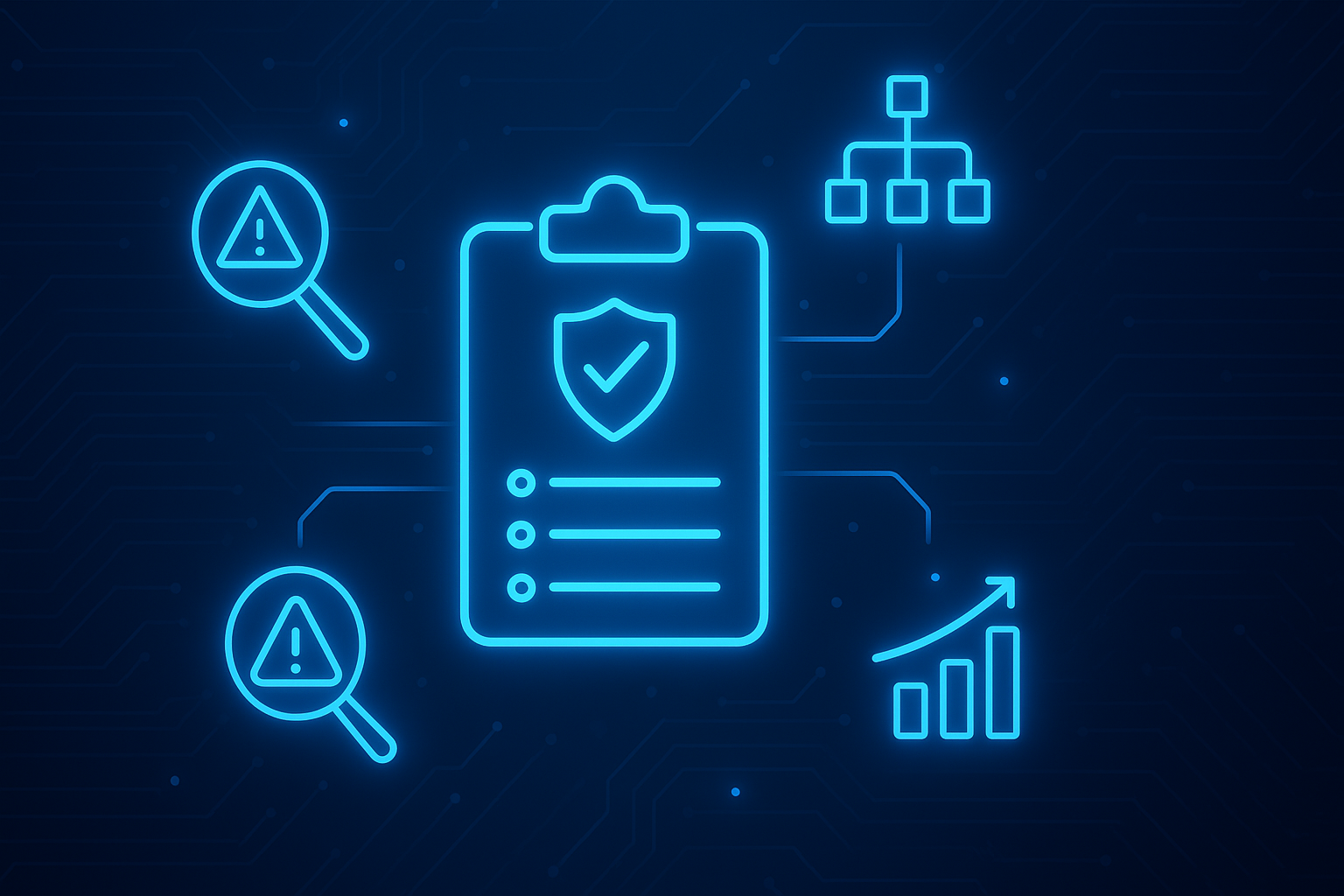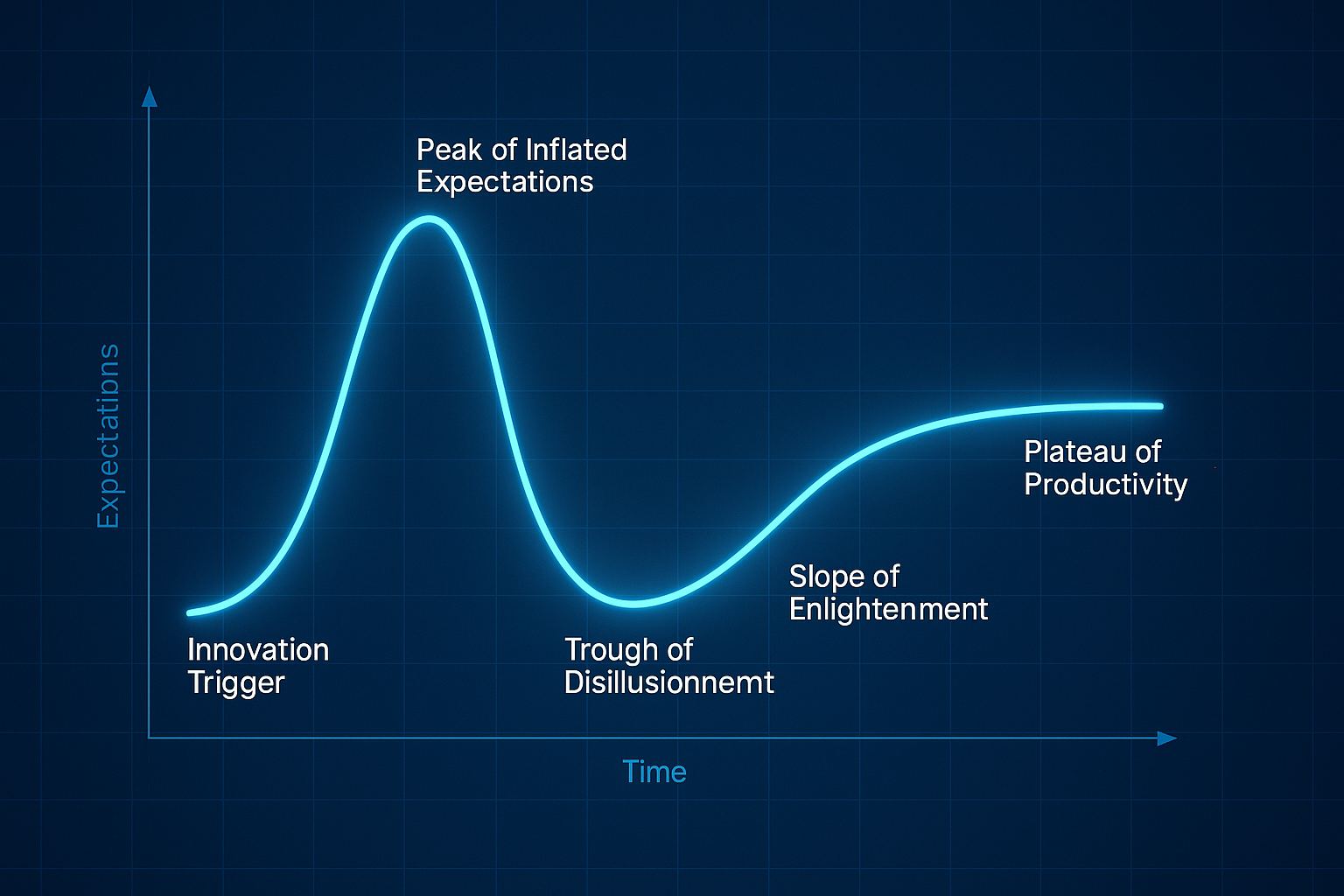What is DORA?
The Digital Operational Resilience Act (DORA) is an EU regulation designed to strengthen the financial sector’s ability to withstand, respond to, and recover from IT-related disruptions. Unlike traditional compliance frameworks that focus primarily on reporting or auditing, DORA sets uniform requirements for risk management, incident response, testing, and third-party oversight across financial entities and their critical service providers.
In short, DORA ensures that financial services organizations can continue to operate securely, even in the face of significant cyber incidents.
Who Does DORA Apply To?
DORA applies broadly across the financial services ecosystem. Covered entities include:
- Banks, credit institutions, and investment firms
- Insurance companies and reinsurance firms
- Payment service providers and e-money institutions
- Crypto-asset service providers
- Critical third-party providers (CTPPs)
This broad scope reflects DORA’s intent: to close resilience gaps across the financial system by addressing not just primary financial entities, but also the vendors and partners they rely on.
When is the Deadline?
The compliance deadline is January 17, 2025. By that date, covered entities must demonstrate complete alignment with DORA’s requirements. With the deadline quickly approaching, financial organizations are under pressure to transition from preparation to measurable implementation.
Why is DORA Needed?
Financial services are increasingly digital and increasingly targeted. Cyber incidents, technology outages, and third-party failures can ripple across global markets in seconds. Before DORA, resilience regulations were fragmented across EU member states.
DORA establishes a unified, binding regulatory framework that reduces fragmentation, enhances oversight of critical third parties, and ensures all financial entities adhere to the same operational resilience standards. This not only protects consumers and institutions, but also enhances trust in the stability of the EU financial system.
In 2025, several organizations were targeted by hackers. In one instance, bad actors accessed the emails of nearly 103 U.S. bank regulators at the Office of the Comptroller of the Currency for over a year. Hackers spied on approximately 150,000 emails containing highly sensitive data from financial institutions.
DORA is ensuring that EU-based institutions and their global partners adhere to robust resilience requirements. As the average organization has over 80 vendors in their ecosystem, this act will help improve the resilience of financial institutions globally.
Primary Requirements Under DORA
Organizations must establish and maintain robust capabilities across five main areas:
- ICT Risk Management – Identify, classify, and mitigate risks associated with information and communication technology.
- Incident Reporting – Standardized processes for detecting, managing, and reporting major ICT-related incidents to authorities.
- Digital Operational Resilience Testing – Regular and advanced testing of systems, including threat-led penetration testing.
- Third-Party Risk Management – Strong oversight of external service providers, especially cloud and critical IT vendors.
- Read more about aligning third-party risk management with first-party risk here.
- Information Sharing – Collaboration with other entities and regulators on cyber threat intelligence and best practices.
What is ICT Risk Management for DORA?
ICT (Information and Communication Technology) risk management is the process of identifying, assessing, and mitigating risks tied to an organization’s technology systems, infrastructure, and data. Under DORA, this means:
- Mapping and classifying ICT assets (applications, hardware, networks, data flows)
- Monitoring vulnerabilities, threats, and control effectiveness
- Ensuring continuity of critical operations during disruptions
- Aligning security controls to business impact and regulatory requirements
In essence, ICT risk management under DORA is about building continuous cyber resilience, not just defending against cyber threats, but also ensuring that essential financial services remain operational under all circumstances.
DORA v. NIS2 v. FFIEC - What Are the Differences Between These Frameworks?
|
Aspect |
DORA |
FFIEC |
|
|
Full Name |
Digital Operational Resilience Act |
Network and Information Security Directive 2 |
Federal Financial Institutions Examination Council |
|
Region |
European Union |
European Union |
United States |
|
Primary Focus |
ICT and cyber resilience in the financial sector |
Cybersecurity and resilience across essential & important entities |
Cybersecurity, IT risk, and resilience for financial institutions |
|
Who It Applies To |
Banks, insurers, investment firms, payment providers, crypto providers, and critical third-party providers (CTPPs) |
Broad sectors: energy, transport, health, digital infrastructure, finance, and public administration |
US banks, credit unions, and other federally regulated financial institutions |
|
Key Requirement |
ICT risk management, incident reporting, digital operational resilience testing, TPRM, information sharing |
Cybersecurity risk management, incident reporting, supply chain security, and stricter accountability for management bodies |
IT and cybersecurity risk management standards, guidance on resilience, supervisory tools, and handbooks |
|
Enforcement Mechanism |
EU financial regulators with supervisory authority; binding regulation (directly applicable in all EU states) |
National competent authorities of each EU member state; the directive must be transposed into national law |
Federal banking regulators (OCC, FDIC, Federal Reserve, NCUA) enforce FFIEC guidelines through exams. |
|
Compliance Deadline |
January 17, 2025 |
October 2024 (EU member states must transpose into law by then) |
Ongoing; no single deadline (applied through continuous supervision) |
|
Third-Party Oversight |
Strong focus on ICT third-party service providers; critical providers under direct EU oversight |
Requires supply chain and vendor risk security, but less direct oversight than DORA |
Emphasizes vendor and third-party risk, but without binding direct oversight of providers |
|
Penalties for Non-Compliance |
Administrative and financial penalties set by regulators can be significant. |
Administrative fines up to €10M or 2% of global annual turnover |
Penalties and enforcement vary by regulator; they include supervisory action, fines, or restrictions |
- DORA = Narrow, deep regulation for financial sector resilience in the EU.
- NIS2 = Broad, horizontal cybersecurity directive for critical sectors across the EU.
- FFIEC = US-based supervisory framework providing guidance rather than a single regulation, focused on financial institutions.
What Qualifies as a Critical Third-Party Provider (CTPP)?
One of DORA’s most notable features is its direct oversight of critical third-party providers (CTPPs). These are vendors that financial institutions rely on for ICT services, which are considered essential to their operations. Examples include:
- Cloud service providers (e.g. infrastructure hosting, SaaS platforms)
- Data analytics and AI platforms that power financial operations
- Payment processing and settlement systems
- Cybersecurity and identity management providers supporting financial entities
Regulators issue the CTPP designation based on a provider’s systemic importance. For example, if multiple banks rely on the same cloud service, its failure would disrupt the financial system.
By bringing CTPPs directly under regulatory supervision, DORA ensures that operational resilience isn’t the responsibility only of financial entities but also of the vendors that underpin their digital infrastructure.
How to Start DORA Compliance
For many organizations, the first step is understanding current gaps. This means:
- Conducting a readiness assessment against DORA requirements
- Centralizing risk and compliance data for visibility
- Establishing processes for third-party risk monitoring
- Prioritizing automation to handle reporting, continuous control monitoring, and mapping across multiple frameworks
Getting started now is crucial. The quickly approaching deadline leaves little room for manual, spreadsheet-heavy approaches.
How CyberStrong Can Help with DORA Compliance
Meeting DORA requirements requires more than checking boxes. It requires a connected, continuous, and quantified approach to cyber risk management. CyberStrong enables:
- Automated Continuous Compliance – Map existing frameworks to DORA requirements with AI-powered compliance crosswalking. CyberStrong offers over 100 frameworks and accommodates custom control sets.
- Continuous Control Monitoring – Ingest real-time security telemetry to monitor and test control effectiveness. With over a dozen API integrations and counting, CyberStrong seamlessly integrates with your existing tech stack to maximize control automation.
- Centralized Risk Register – Track first and third-party risks in one platform, aligning them to business impact. Risk assessments are continuously updated and reflected in the repository for improved decision-making and strategy.
- Audit-Ready Reporting – Generate board-level or regulator-ready reports in business and financial terms, and with the most up-to-date information, without any spreadsheet deep dives or last-minute control scoring.
With CyberStrong, organizations can accelerate their path to compliance while building the resilience DORA requires.
Discover how CyberStrong streamlines framework compliance with cutting-edge automation and AI. Eliminate the panic and duplicative compliance work, allowing you to focus on strategic growth and cyber resilience.





.png)
.png)
.png)
%201.png)
.png)




